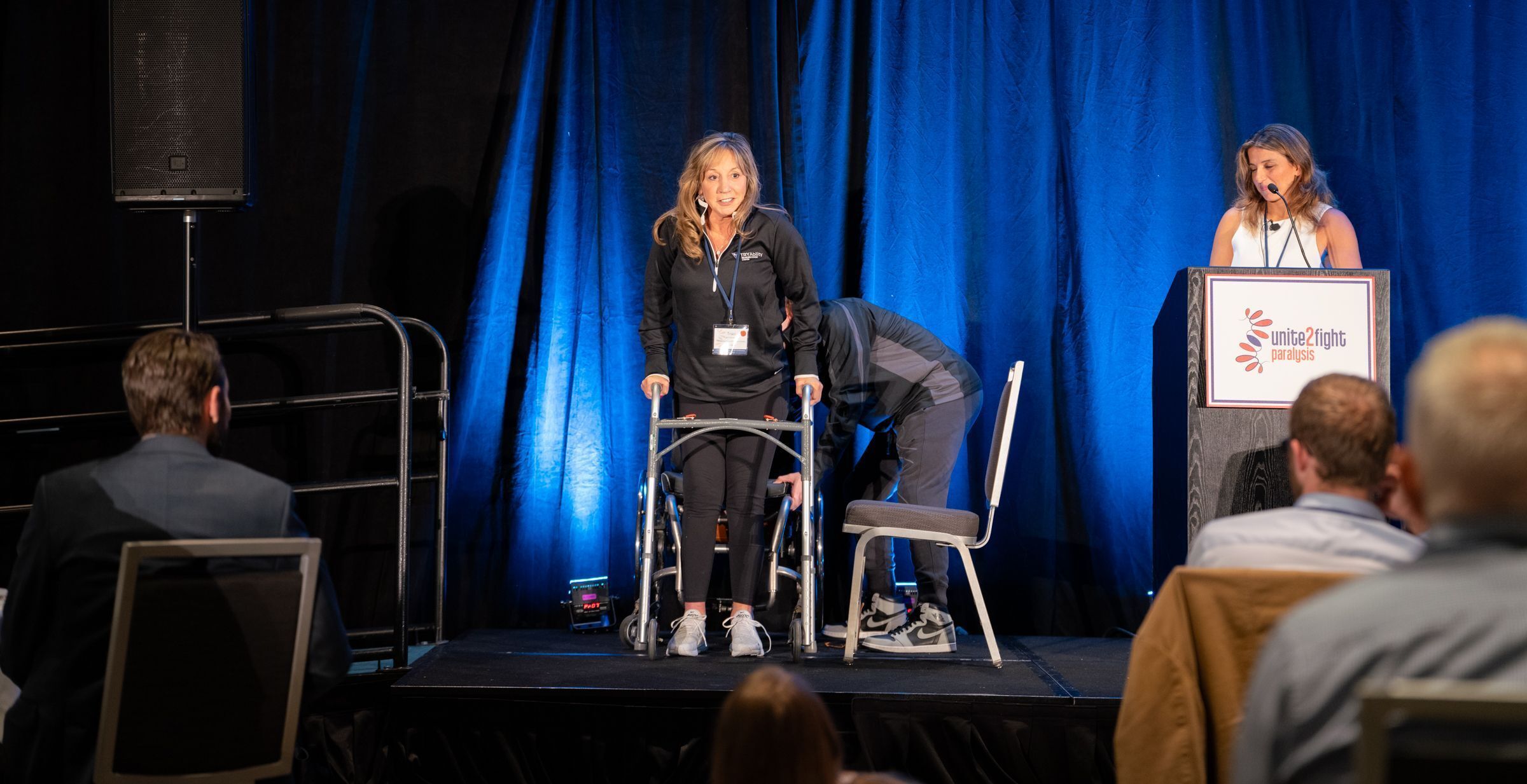
Evan Sandler, PT, DPT
Physical Therapist, Hulse Spinal Cord Injury Lab, Shepherd Center; PhD candidate, Georgia Institute of Technology
Abstract
Spasticity: The Puzzling Pieces of Predicting Intervention Outcomes
Beyond the multiple forms in which spasticity manifests, its presentation is often variable, requiring sensitive electrophysiologic and biomechanical measures. The pendulum test, currently the most quantitative biomechanical measure of spasticity about a single joint, assesses one characteristic of spasticity, hyperreflexia of the quadriceps. The ankle clonus drop test is the ankle extensor analog to the pendulum test of the knee extensor spasticity. Further, resting evoked potentials at spinal roots (posterior root-muscle reflexes [PRMR]), electrophysiologically assess hyperexcitability of monosynaptic reflex activity exhibited in the biomechanical measures. PRMRs have the advantage of assessing knee and ankle extensors concurrently in the absence of movement-related input. Discrepancy exists, however, as to whether electrophysiologic measures accurately reflect the changes in responsiveness to biomechanical perturbations observed in people with spasticity.
Bio
Evan joined the Hulse Spinal Cord Injury Lab at Shepherd Center in 2015 as a Spinal Cord Injury Research Fellow committed to identifying novel rehabilitation intervention approaches easily transferable to the clinical setting. Evan is currently a Ph.D. candidate in Applied Physiology at the Georgia Institute of Technology interested in the application of transcutaneous spinal stimulation for the modulation of spasticity and motor function in persons with spinal cord injury. Throughout his experience in rehabilitation science, he has explored dose-response relationships of locomotor training, transcutaneous spinal stimulation, and whole body vibration. He has experience in multiple commonly used electrophysiological and biomechanical measurements of spasticity. The need to identify biomarkers that inform responsiveness to rehabilitation interventions is at the forefront of his ongoing and future research.






















